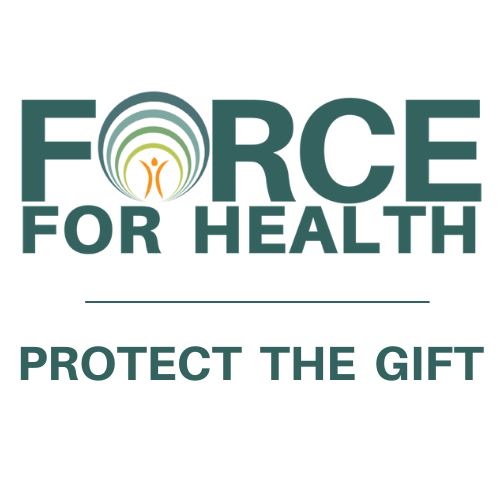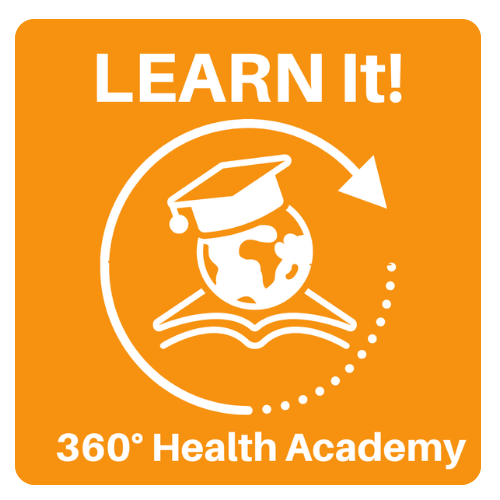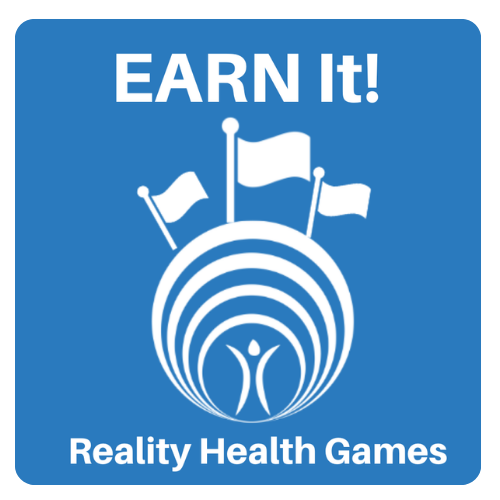Healthy Start: Pregnancy 101
-
Before we started...
Initial Appointment Checklist12 Topics-
Welcome
-
Research Ob in your area (OB, PA< Midwife, etc.)
-
Make Appointment with Provider of Choice
-
Confirm Pregnancy with Provider
-
Stop alcohol, smoking or illicit drug use
-
Talk to doctor about past history
-
Continue to exercise
-
Start Prenatal Vitamin
-
Vital Signs Checked
-
pelvic Exam and Pap Smear
-
Blood Draw
-
Schedule blood draw
-
Welcome
-
First TrimesterInitial Checklist Before First Appointment9 Topics
-
Pap Smear
-
Discuss Labor Plans
-
Knowing your risk factors
-
Continue with prenatal vitamin
-
Monitor Weight & Discuss with provider
-
Continue Exercise and drink plenty of water
-
Between 11th and 13th week, discuss genetic test imaging with provider
-
Between 11th and 13th week, fetal heart tones
-
Discuss Risk Factors with Provider for use of aspirin
-
Pap Smear
-
1.1 Adapting to the First Trimester
-
1.2 Your 1st Trimester Changes
-
1.3 Common Questions 1
-
1.4 Common Questions 2
-
1.5 What is Domestic Abuse?
-
Healthy Habits2.1 Healthy Eating Habits
-
2.2 Nutrition during Pregnancy
-
2.3 Planning your Exercise Routine
-
2.4 How Smoking Affect Pregnancy
-
2.5 Quit Smoking during Pregnancy
-
2.6 Sex and Pregnancy - During
-
2.7 Skincare during Pregnancy
-
Prenatal Visits, Tests and More3.1 Pre-Natal Care
-
3.2 Your Weight
-
3.3 Gestational Diabetes
-
3.4 Kicks Count
-
3.5 Placenta Previa
-
3.6 Preclampsia
-
3.7 Anemia
-
3.8 Blood Glucose
-
3.9 RH Negative Screening
-
2nd Trimester and Body Changes4.0 Second Trimester Checklist10 Topics
-
Weight & Blood pressure Check
-
Fetal Heart, height and weight
-
Prep list of items needed for self, family and new baby
-
Preparation for list of items for baby shower or other sources
-
Securing a breast pump - Buy, use insurance and other sources
-
Continue Weight Monitoring
-
16th Week - Follow up with Provider on Genetic Testing, if indicated
-
By week 24, ultrasound - Boy or Girl, if you want to know?
-
Week 24 - Talk to provider about potential challenges and concerns
-
Weeks 24 - 28 - Gestational Diabetes Screening
-
Weight & Blood pressure Check
-
4.1 Adapting to 2nd Trimester
-
4.2 Your Second Trimester Changes
-
4.3 Back Pain during Pregnancy
-
4.4 Body Changes During Pregnancy
-
3rd Trimester, Comfort Tips and Relieving Back PainThird Trimester Checklist12 Topics
-
Weight and Blood Pressure and Follow-up appointments, if needed
-
Fetal Heart beat and fundal height measurement
-
Discussion with Provider about labor plan (admissions, preparations, etc.)
-
Discuss Childbirth Education with Provider
-
Baby Shower and partner support activation
-
Packing a Bag for Delivery Day
-
Make sure car seat is ready and available
-
28th week - Receive TDAP vaccine
-
28th Week - RH Check
-
28th - 32th Week - Continue Bloodwork for Syphilis and HIV
-
Between 35-37th week: Group B Streptococcal Check
-
39th Week - Disuss Labor Induction and Expectations
-
Weight and Blood Pressure and Follow-up appointments, if needed
-
5.1 Adapting to 3rd Trimester
-
5.2 Your Third Trimester Changes
-
5.3 Comfort Tips
-
5.4 Relieving Back Pain during Pregnancy - Moving Safely
-
5.5 Relieving Back Pain during Pregnancy - Pelvic Tilt and leg lift
-
5.6 Relieving Back Pain during Pregnancy - Positioning Yourself
-
5.7 Relieving Back Pain during Pregnancy - Tailor Sit and Trunk Turn
-
5.8 Relieving Back Pain during Pregnancy - Wall Stretch & Body Bend
-
Infant Nutrition and Care6.1 Labor and Childbirth - Thinking about a Birth Plan
-
6.2 Labor and Childbirth - Support Person Notes
-
6.3 Vaginal Birth
-
6.4 Vaginal Birth after Cesarian
-
6.5 Breech Presentation
-
6.6 Cesarean Birth
-
6.7 - Before Cesarean Birth
-
6.8 Pre-Term Labor
-
6.9 Labor and Childbirth - Your Body Prepares
-
6.10 Recognizing Labor
-
6.11 Preparing for the Hospital
-
6.12 - Stages of Labor
-
6.13 Induction of Labor
-
6.14 Anesthesia Options
-
6.15 Labor and Childbirth - Without Medication
-
6.16 Labor and Childbirth - Immediately After Birth
-
6.17 Preparing to Go Home
-
6.18 Understanding Post Partem Depression
-
Labor, Birth and Aftercare7.1 Infant Nutrition and Care
-
7.2 Caring for Yourself
-
7.3 Anatomy and Breastfeeding
-
7.4 Benefits to Breastfeeding
-
7.5 Breastfeeding - Common Questions
-
7.6 Holds for Breastfeeding
-
7.7 Nutrition While Breastfeeding
-
7.8 Breastmilk - Expressing
-
7.9 Breastmilk - Storing
-
7.10 How to Bottlefeed
-
7.11 Circumsion Care
-
7.12 How to Diaper
-
7.13 Bathing Newborn
-
7.14 Laying Baby Down to Sleep
-
7.15 When to Call the Doctor
-
7.16 Umbilical Cord Care
-
7.17 Signs of Jaundice
-
Infant Safety8.1 Infant Safety
-
8.2 Choosing a Carseat
-
8.3 Car Seat Installation
-
8.4 Car Safety for Newborns
-
8.5 Car Seat Safety Checklist
When you have a baby, one of the most important things you can do is make sure they are properly secured in a car seat. According to the National Highway Traffic Safety Administration (NHTSA), car seats reduce the risk of fatal injury by 71% for infants and by 54% for toddlers.
There are different types of car seats available, so it is important to choose the one that is right for your child’s age and size. It is also important to make sure the car seat is installed properly.
The NHTSA provides the following guidelines for car seat installation:
– Read both the car seat instructions and your vehicle owner’s manual before installing the seat.
– Make sure the car seat is appropriate for your child’s age, weight, and height.
– Place the car seat in the back seat of your vehicle.
– Use the car seat’s harness system to secure your child in the seat.
– Make sure the harness is snug against your child’s body and that the chest clip is positioned at armpit level.
– If you are using a forward-facing car seat with a harness, make sure the harness is positioned at or above your child’s shoulders.
– If you are using a booster seat, make sure the lap belt is positioned low across your child’s hips and that the shoulder belt fits snugly across the middle of your child’s chest and shoulder.
By following these guidelines, you can help ensure that your child is properly secured in their car seat and that they are as safe as possible while riding in your vehicle.






